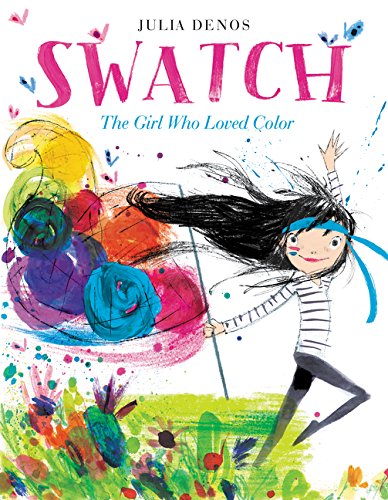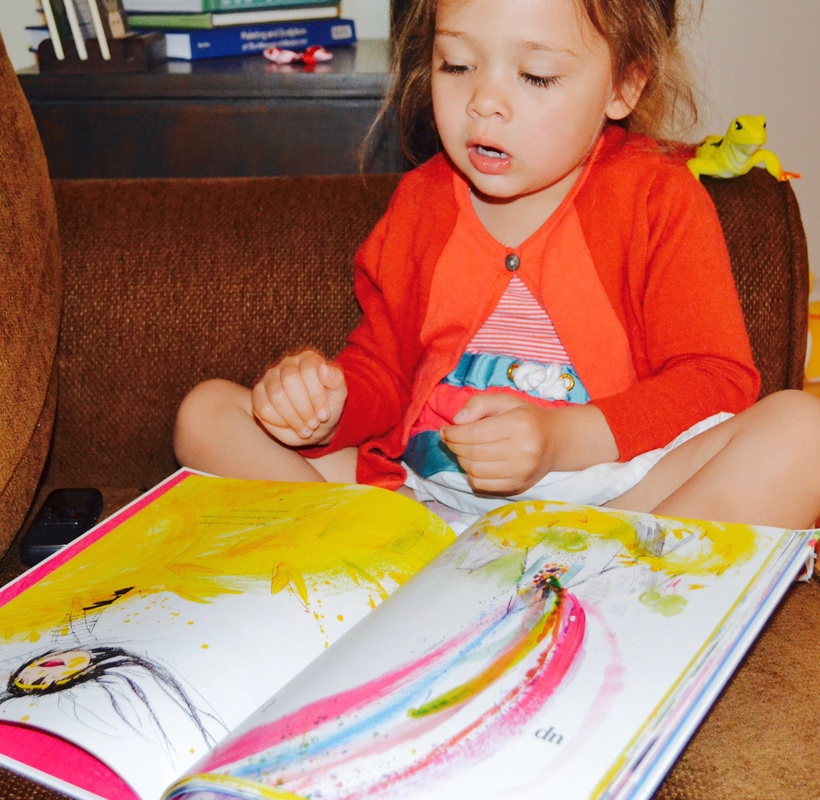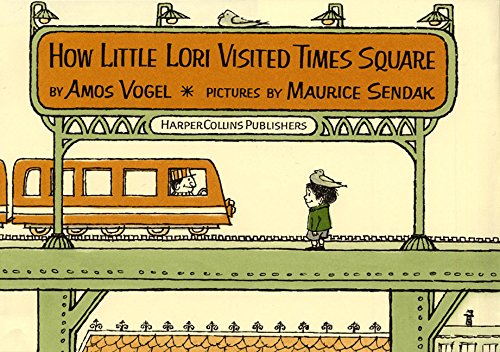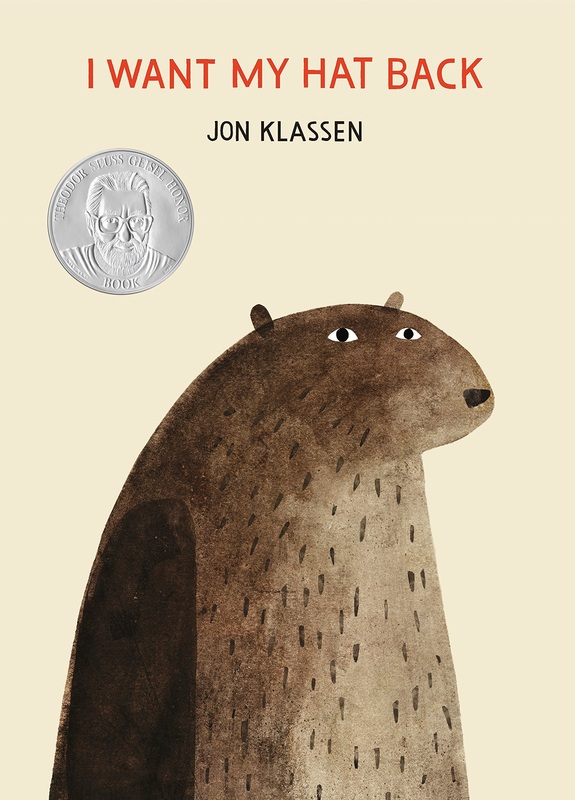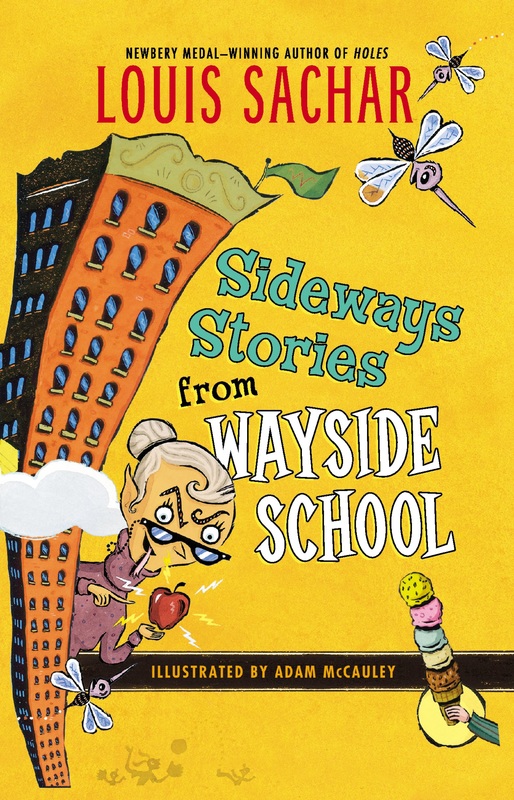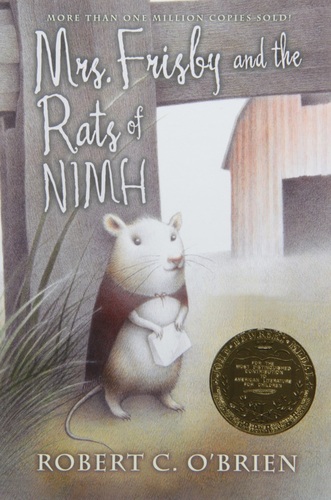My recording of Swatch, our favorite book. Liliana likes to listen to our recording when I'm not around. Or even if I am, sometimes she picks the recording, like she did in the above picture. She was "reading" (and practicing her own fluency) with our recorded reading.
Our current homemade audiobook playlist includes I Want My Hat Back, How Little Lori Visited Times Square, Swatch and Charley Harper's Animal Alphabet. It's 26 minutes of reading that she can listen to over and over and over again - well past when I would consider reading the story again. My limit is usually 3 times before I start reading poorly - but she can do this 10 times in a row if she wants to (with a well-read, not tired version).
This week's quick tip was born out of a need to read to your kids, even when you're not around or don't have the time. Or just can't read that book for the fifth time, in a row.
Reading aloud to your kids, even as they get older, is really important. You open their eyes to books they may not otherwise choose, you can share your opinions and discuss something together, and you model good reading. You tell them what new words mean and show them how good readers ask questions while they read (What is going to happen next? Do I like this character? Does that story make sense?).
But, what do you do if your schedule doesn't line up with your kid's schedule? Or, if you're just too tired to do it justice at the end of the day. Or, as kids get bigger, it might just not be a good day to hang together.
So, record yourself reading.
Make your own library of audiobooks with you as the reader. Your child can listen to you reading, when you're not there. And, these are better than store-bought audiobooks because YOU are the reader. You know your child best - so you can stop and explain things, ask questions and you are likely their most favorite voice to hear.
Reading aloud to your kids, even as they get older, is really important. You open their eyes to books they may not otherwise choose, you can share your opinions and discuss something together, and you model good reading. You tell them what new words mean and show them how good readers ask questions while they read (What is going to happen next? Do I like this character? Does that story make sense?).
But, what do you do if your schedule doesn't line up with your kid's schedule? Or, if you're just too tired to do it justice at the end of the day. Or, as kids get bigger, it might just not be a good day to hang together.
So, record yourself reading.
Make your own library of audiobooks with you as the reader. Your child can listen to you reading, when you're not there. And, these are better than store-bought audiobooks because YOU are the reader. You know your child best - so you can stop and explain things, ask questions and you are likely their most favorite voice to hear.
Here are a few pointers for how to make this a successful reading venture:
1. Use a good, easy voice recorder.
You can absolutely use your phone if this is the best tool for you. You can record a voice memo and email it to yourself. Then download it into your iTunes and sync it with whatever device you want it on for your child to use. This works best with older children, even if your young one can use an iPad. The young ones will want to go into other things on the iPad. And you know your kid, your older one might want to do other things too.
|
So, you might consider getting and using a voice recording device. We use a very easy voice recording Sony device (pictured to the side and what Lily is using above).
You literally hit record, talk, and then hit stop. Play to listen. It's so simple that my 3 year old can do it. And, she can't do anything else on it. She's not distracted while listening to me read.
I should mention, with this device, you can also upload all of your audio files, so you can put them on your computer or into iTunes. You can email them, you can share them for others. You can save them for later for use with another kid.
|
|
2. Read slower than you think you should.
You might record yourself reading a chapter in a book and look down to realize that 15 pages only took you 5 minutes.
Read slower than you think you should. Read deliberately. Make sure to pause obviously at the end of sentences and at the end of thoughts. Read clearly. You'd be surprised, but in order to read clearly, you usually have to slow down for proper diction to really come through.
And, when you're finished recording yourself - listen to the recording. See if you can follow along to what you're reading. If not, record again.
Read slower than you think you should. Read deliberately. Make sure to pause obviously at the end of sentences and at the end of thoughts. Read clearly. You'd be surprised, but in order to read clearly, you usually have to slow down for proper diction to really come through.
And, when you're finished recording yourself - listen to the recording. See if you can follow along to what you're reading. If not, record again.
3. Stop and ask questions.
This will feel weird. But do it anyway.
While you're recording yourself reading, even if it's just a picture book, stop and ask questions. Leave space for your child to ponder the question you just asked. Prompt them with "Let's find out!". And then keep reading.
Remember, recording yourself is only a stand-in for if you were there with your kid reading in person. So, do what you would do together in real-time. Stop and ask questions.
While you're recording yourself reading, even if it's just a picture book, stop and ask questions. Leave space for your child to ponder the question you just asked. Prompt them with "Let's find out!". And then keep reading.
Remember, recording yourself is only a stand-in for if you were there with your kid reading in person. So, do what you would do together in real-time. Stop and ask questions.
4. Record a picture book in one sitting. Record one chapter at a time in a chapter book.
Yes, this works for little kids too! My daughter loves listening to me read while paging through the storybook - on her own. This gives her a sense of agency and that she is "reading" independently. Plus, she's excited to be reading with me even if I'm not physically sitting next to her reading. If you want, record a picture book during one of your normal readings with your child. Then you have it to use later and it didn't change your routine at all.
For longer books, don't try to sit and record the book all in one go. Stay fresh - record one chapter at a time. Plus, then you can do this weekly and when you have some free time during your day - maybe at lunch or taking a break during your workday. Try to stay one chapter ahead, if you can.
And, remember to say what chapter you're reading and the book name. This way, you can keep all of your recordings straight.
For longer books, don't try to sit and record the book all in one go. Stay fresh - record one chapter at a time. Plus, then you can do this weekly and when you have some free time during your day - maybe at lunch or taking a break during your workday. Try to stay one chapter ahead, if you can.
And, remember to say what chapter you're reading and the book name. This way, you can keep all of your recordings straight.
5. Thank your child for reading with you at the end of the recording.
Want to feel like a stellar parent? After you're done recording your reading, thank them in the recording for reading with you. Tell them how much fun you had reading with them and you hope they did too. I guarantee you it will make both of you smile.
6. Get others to record for your child too.
You don't have to be the only one recording! Grandparents, babysitters, aunts, uncles, family friends are all great candidates. They can record their reading for your child too.
Just make sure that you know the entire book, even if you have guest recorders, so that when your child is ready to talk about the book - you can oblige.
Just make sure that you know the entire book, even if you have guest recorders, so that when your child is ready to talk about the book - you can oblige.
Enjoy!
Examples of reading picture books and chapter books
(recorded by me or Joe, Lily's Dad)
How Little Lori Visited Times Square
What a cute story! And, it's with Maurice Sendak illustrations.
The illustrations in this book allow for lots of discussions with little ones. You can also draw connections from these drawings to other books you know - (and our favorites) Where the Wild Things Are and In the Night Kitchen. Originally printed in 1963, this is a reprint from 2001. While this book's reading level is a little higher, it is appropriate for preschoolers on up. It's my favorite picture book for New York (but I'm partial to Maurice Sendak pictures!). Guided Reading: Level M/N |
I Want My Hat Back
Here is an example of a parent who isn't always home for reading time, recording himself reading so Liliana can still be read to by her Daddy.
Because reading Dads are special. This book is appropriate for toddler on up. This book is also great for introducing broader, real-life themes with older kids, too. It's the sequel to This Is Not My Hat. Guided Reading: Level I |
Sideways Stories from Wayside School
Sample recording coming soon
Louis Sachar is a perennial favorite of teachers. He won the Newbery Award for Holes and in almost every single school building I've worked or trained teachers, at least one teacher reads Louis Sachar with students. Just a great kids' author.
This is a book of short stories - so it'll be easy to record one story at a time. This is especially good if you want something that doesn't have a long plot-arc but is somewhat related. Guided Reading: Level P |
Mrs. Frisby and the Rats of NIMH
Sample Recording coming soon
This book is a Newbery Award winner and makes a great read-aloud with kids.
This recording is of 9 pages - the entirety of Chapter One in the book. Guided Reading: Level V |

